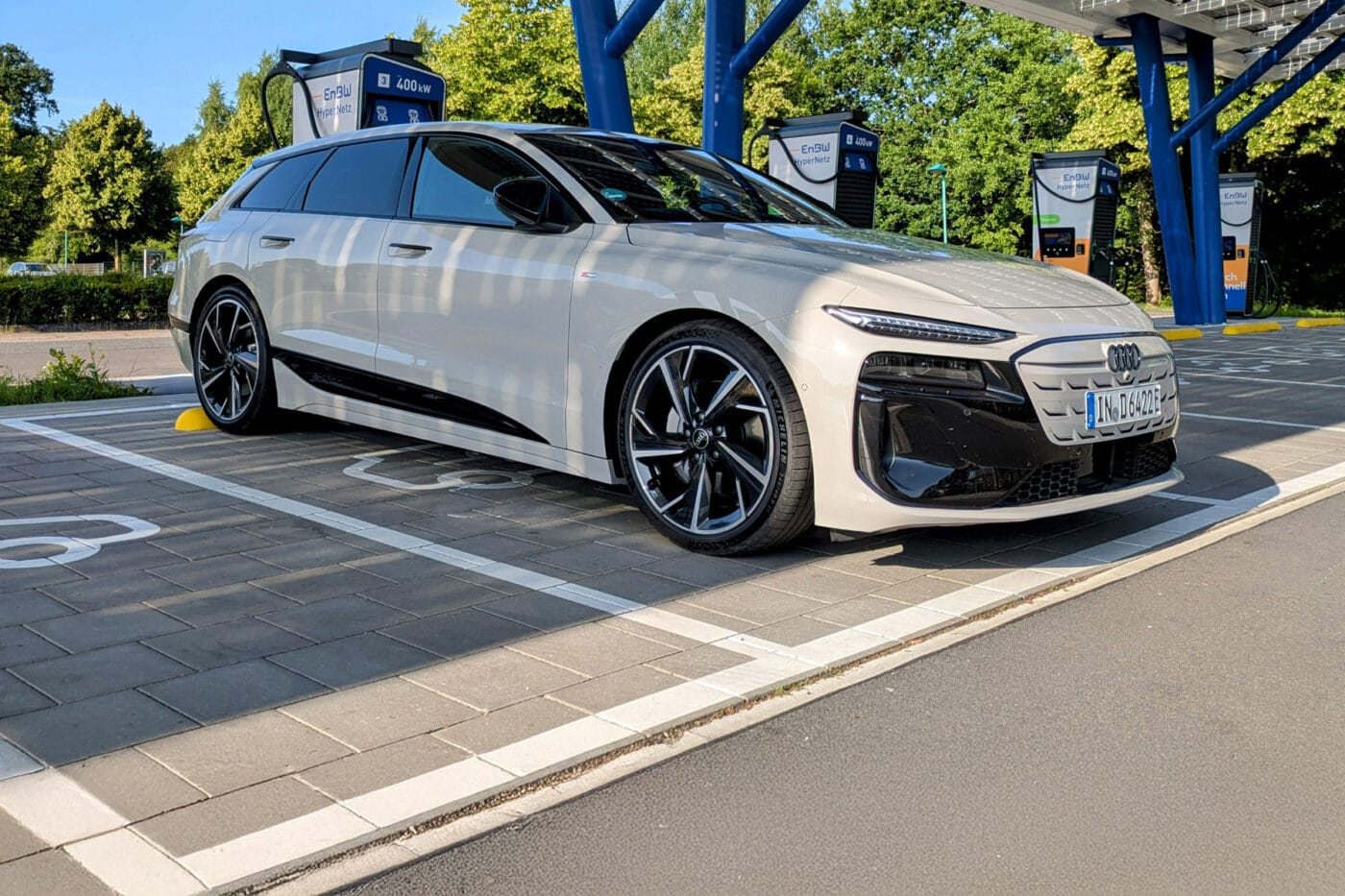
Audi A6 Avant e-tron quattro: Cómo se comporta el familiar eléctrico de Audi en autopista
Es muy sencillo: el Audi A6 Avant e-tron es el familiar que BMW y Mercedes desearían tener. BMW ofrece el realmente impresionante i5 Touring, que está simplemente bien en términos de autonomía y velocidad de carga. Mercedes, por su parte, cometió un error estratégico al hacer que el Clase E familiar (T-Modell) fuera únicamente un híbrido enchufable. Audi combina el todavía popular estilo de carrocería familiar (no, no todo el mundo quiere un SUV) con las grandes prestaciones de carga de un sistema de 800 voltios. ¿Será el Audi A6 Avant e-tron una apuesta segura en la sala de exposición, especialmente para los clientes de vehículos de empresa?
Un aspecto importante a la hora de evaluar las perspectivas del Audi es su comportamiento en autopista, por lo que llevamos el vehículo por la A1 desde Bremen hacia Hamburgo para realizar una prueba en condiciones reales, con el control de crucero ajustado a 180 km/h. Como era de esperar, el Audi resultó muy silencioso, con un ruido del viento mínimo. La suspensión es excelente.
El vehículo de pruebas, un A6 Avant e-tron quattro con 340 kW de potencia del sistema (0-100 km/h en 4,7 segundos, disponible desde 81.450 euros), estaba equipado con el paquete Tech Pro (8.250 euros), que incluye suspensión neumática adaptativa, otras comodidades diversas y neumáticos escalonados con 245 delante y 275 detrás. El coche se asienta con confianza en la carretera y gira con precisión, haciendo agradables las curvas rápidas incluso fuera de la autopista.
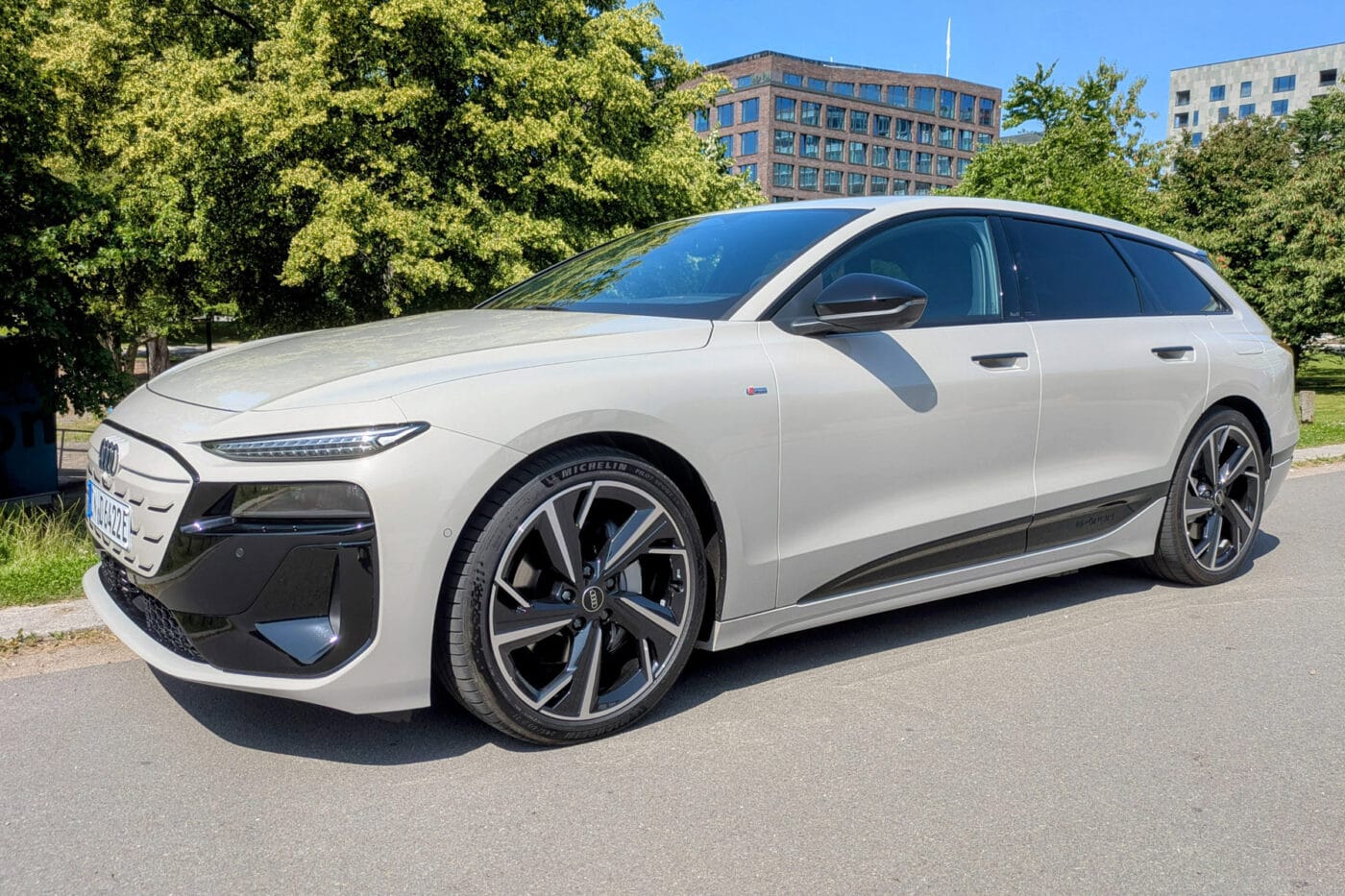
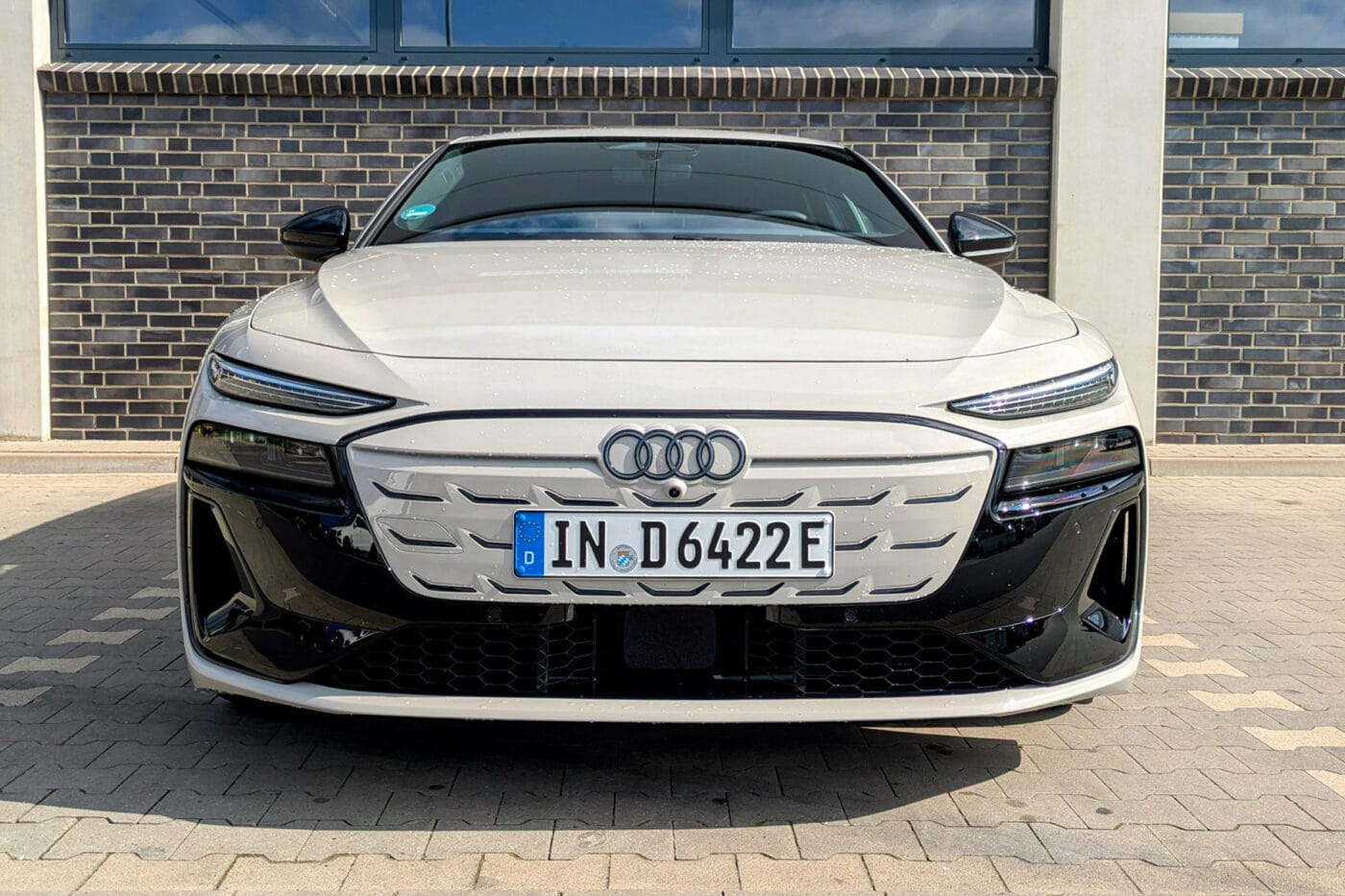
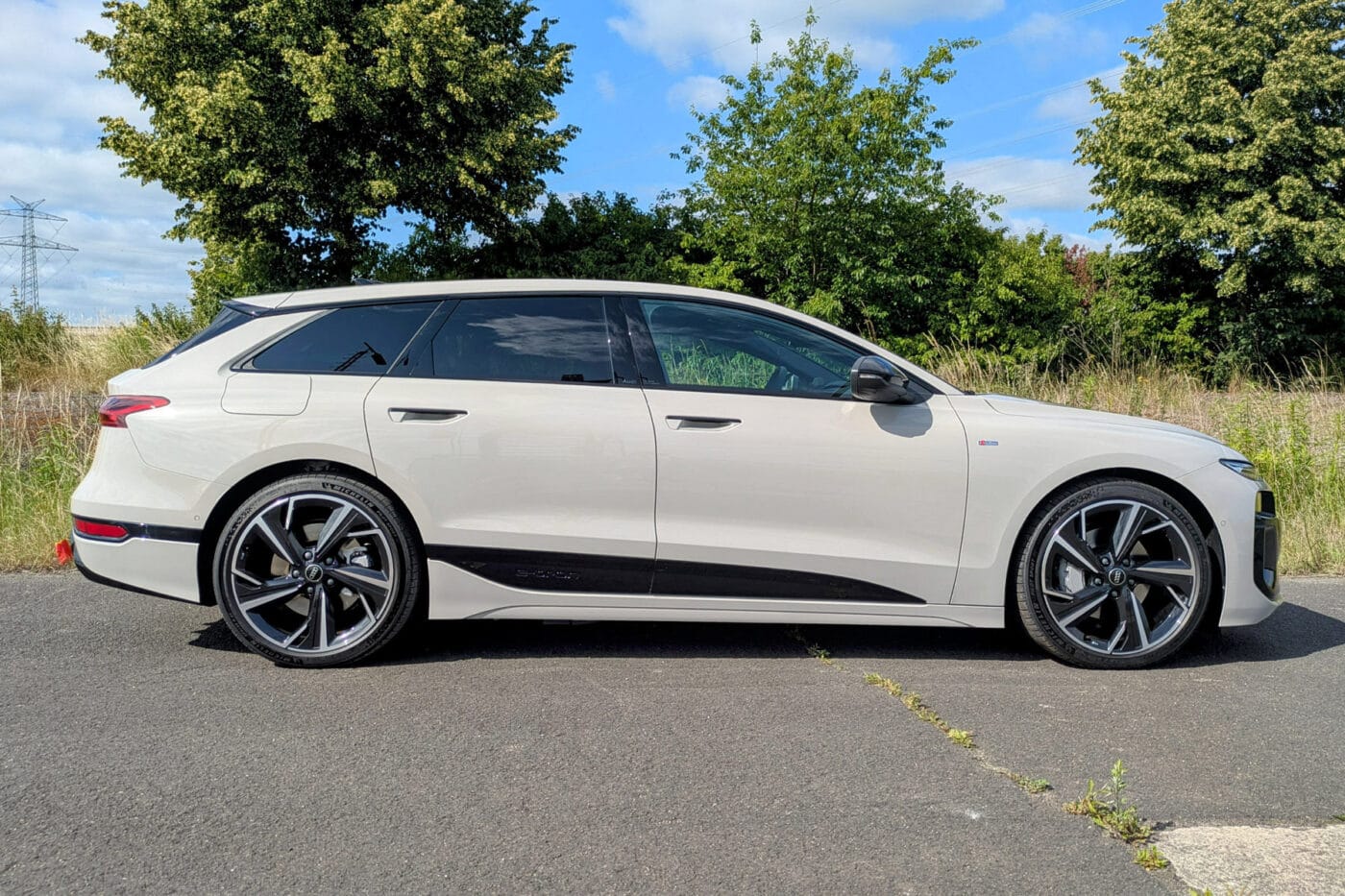
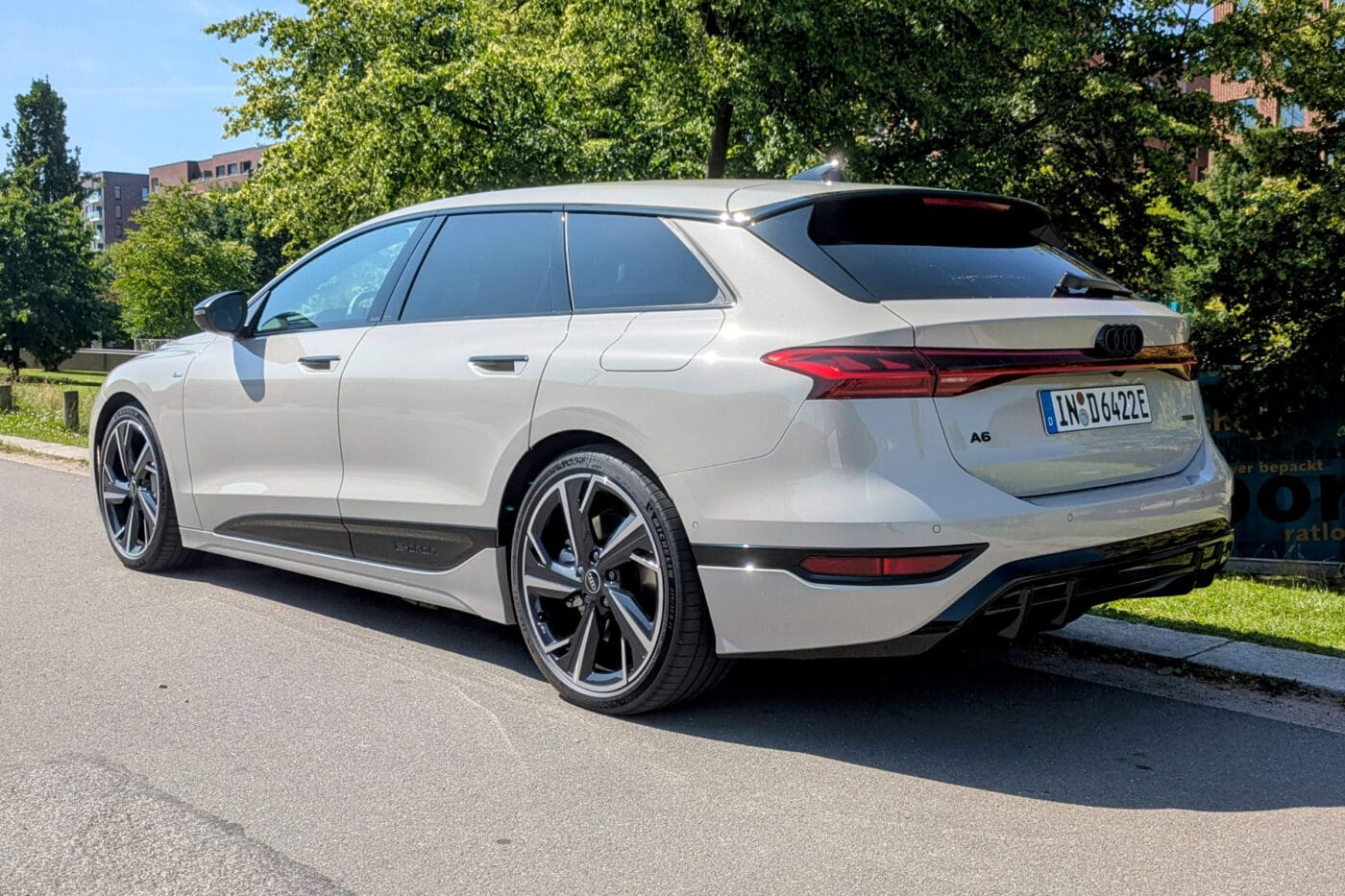
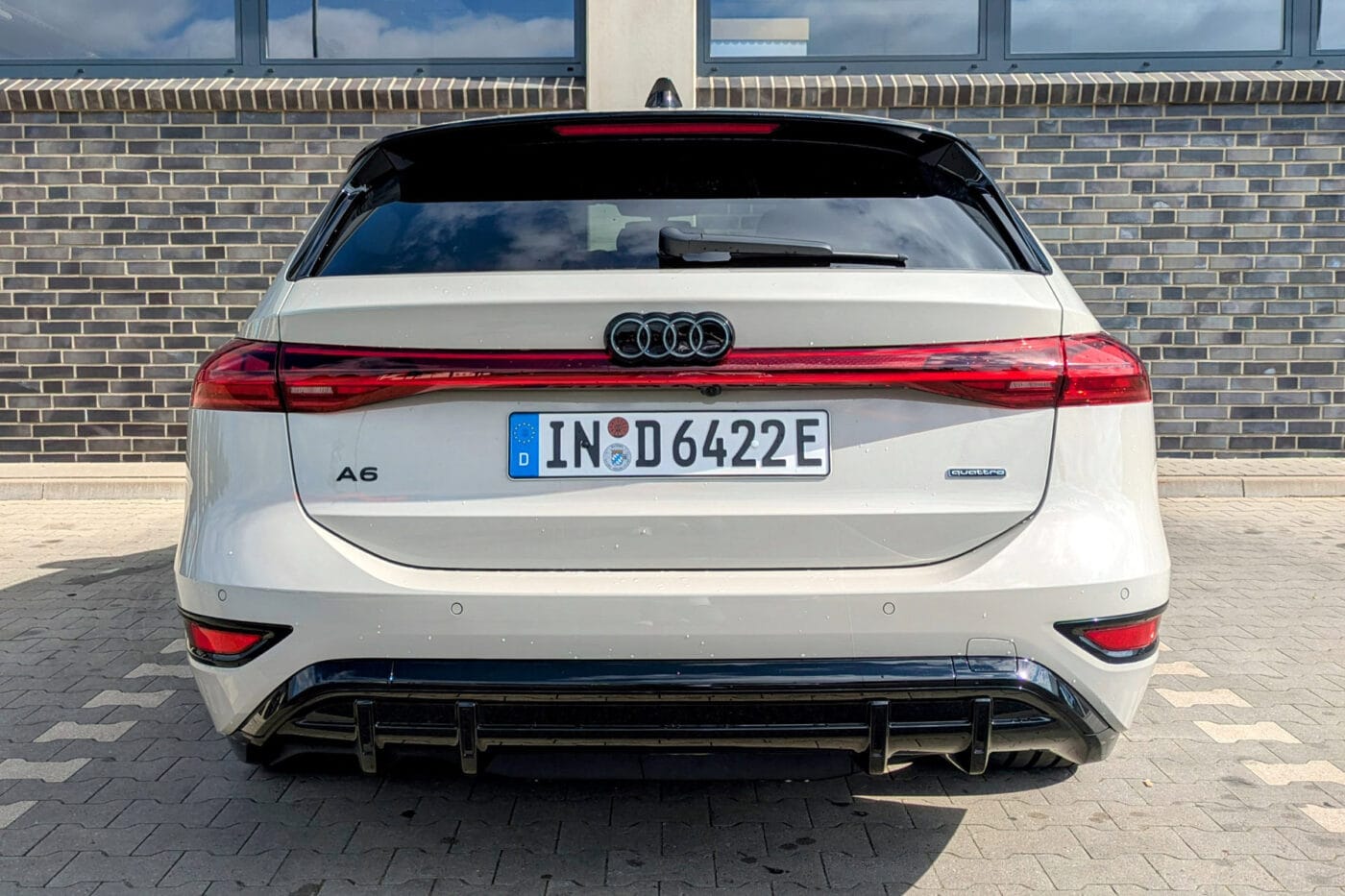
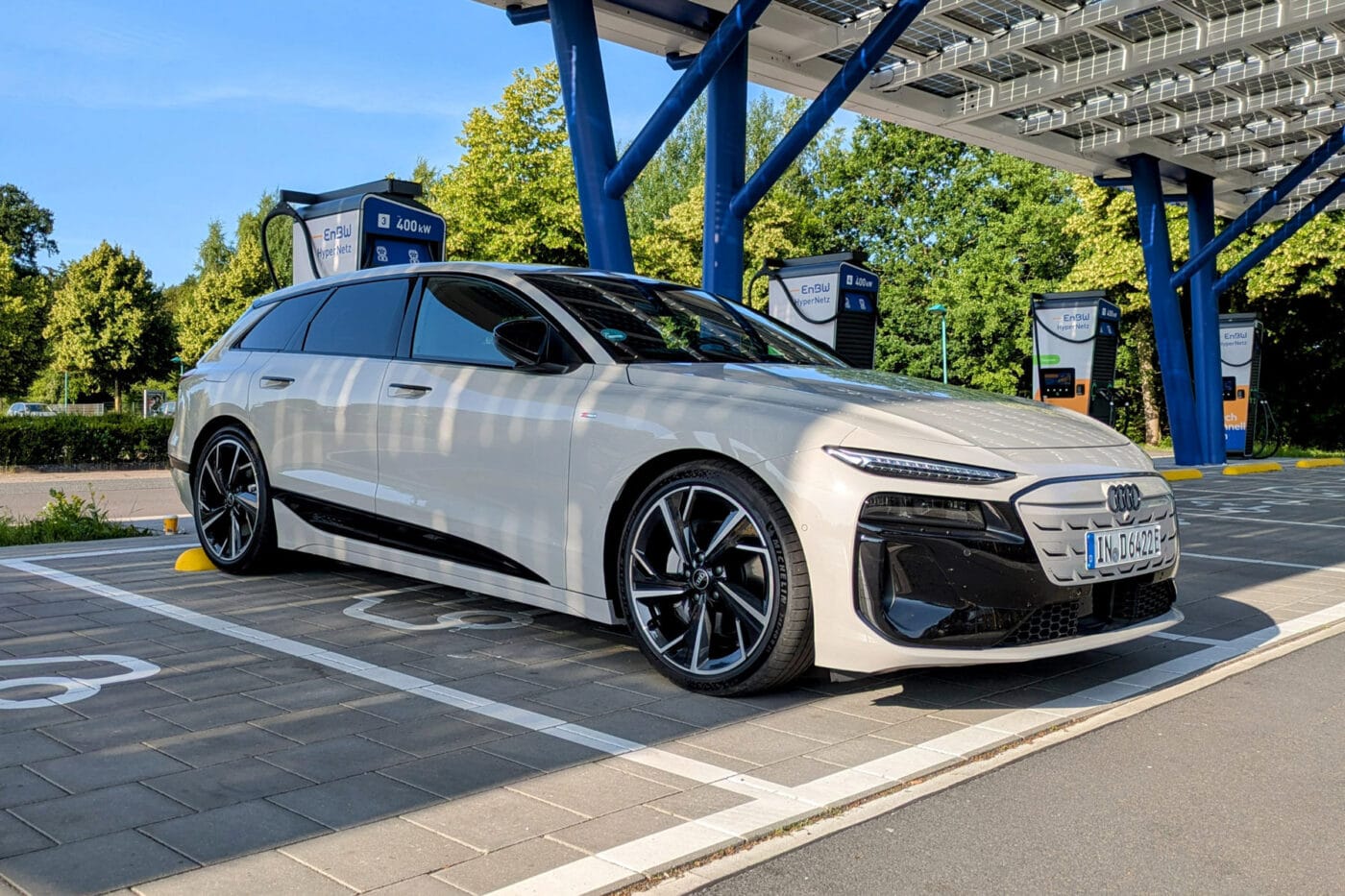
Si viaja por una autopista alemana durante el día y no a las 3 de la madrugada, rara vez estará solo. Esos 180 km/h en el control de crucero significan frenar y acelerar constantemente en medio de un tráfico denso. Nuestro recorrido de muestra arrojó una velocidad media de 151 km/h en 52,7 kilómetros, con un consumo de energía de 28 kWh/100 km. En relación con la capacidad neta utilizable de la batería de 95 kWh (100 kWh brutos), eso equivale a una autonomía en condiciones reales de algo menos de 340 kilómetros a este ritmo rápido.
Casi 500 km de autopista a velocidad de crucero estándar
Naturalmente, las cosas pintan mejor a las velocidades de crucero recomendadas: en múltiples mediciones, el Audi A6 Avant e-tron alcanzó una media de 19,4 kWh/100 km, lo que se traduce en una autonomía de 490 kilómetros. Los conductores pueden evaluar con qué frecuencia cubren esas distancias sin hacer una pausa.
Para viajar, el Audi es ideal. La razón de estas bajas cifras de consumo es su sólida aerodinámica: el coeficiente de resistencia aerodinámica del Avant, de 0,24, es ligeramente superior al del Sportback (0,21), pero los resultados hablan por sí solos.
| A6 e-tron | A6 e-tron Prestaciones | A6 e-tron quattro | S6 e-tron quattro | |
|---|---|---|---|---|
| Conducir | RWD | RWD | AWD | AWD |
| Potencia | 210 (240) kW | 270(280) kW | 315 (340) kW | 370 (405) kW |
| Aceleración | 7.0 (6.0) s | 5.4 (5.4) s | 4.7 (4.5) s | 4,. (3.9) s |
| Velocidad máxima | 210 km/h | 210 km/h | 210 km/h | 240 km/h |
| Gama WLTP | 627/598 km | 750/720 km | 716/685 km | 670/640 km |
| Batería | 83 kWh | 100 kWh | 100 kWh | 100 kWh |
| Capacidad de carga CC | 225 kW | 270 kW | 270 kW | 270 kW |
| Tiempo de carga DC 10-80% | 21 min | 21 min | 21 min | 21 min |
| Precio | €62,800/€64,450 | €75,600/€77,250 | €79,800/€81,450 | €99,500/€101,500 |
Valores entre paréntesis: Con Launch Control; precios: berlina/estado
Esto también es un testimonio del propio formato familiar. Con 1,53 metros de altura, no es extremadamente bajo, pero se asienta mucho más plano que un SUV típico. El técnicamente similar Q6, por ejemplo, es 16 centímetros más alto. Con la aerodinámica, el área frontal es tan decisiva como el coeficiente de resistencia y éste sigue siendo el eterno punto débil de los SUV.
Es razonable suponer que un Golf Variant o un Skoda Octavia familiar tendrían grandes perspectivas de mercado si se ofrecieran con gamas más largas que un Opel Astra Sports Tourer (413 kilómetros). El éxito actual del Volkswagen ID.7 Tourer demuestra que las carrocerías familiares siguen teniendo una demanda fundamental en Europa.
Los sistemas de asistencia al conductor funcionan sin molestos pitidos
Volvamos al Audi A6 Avant e-tron. Dos puntos relativos a los sistemas de asistencia al conductor son dignos de mención: uno, el control de crucero adaptativo puede ajustarse a una distancia por defecto muy corta con el vehículo precedente, lo que satisfará incluso a los conductores más exigentes. Los conductores más relajados quizá prefieran el ajuste de distancia 2 ó 3 en lugar de 1. Y dos, la ausencia de molestos pitidos. Y si hay alguno, pulse el acceso directo del volante y se apagará. Los fallos de funcionamiento, como en el reconocimiento de señales de tráfico, son raros. El viaje en el Audi A6 Avant e-tron es sencillamente agradable, rápido y seguro.
Tiempos de carga más cortos que los de la competencia
A la hora de cargar, el Audi A6 e-tron hace exactamente lo que promete la hoja de especificaciones, gracias al preacondicionamiento: la carga del 10 al 80% se realiza en 21 minutos. En un caso concreto, se cargaron 69 kWh en ese periodo a una media de más de 189 kW, con una potencia máxima registrada de 274 kW.

Por un lado, se trata de cifras impresionantes. Por otro, Audi ya había anunciado el A6 para 2024 cuando el elegante concept car se presentó en Marzo de 2022. Ha tardado mucho con el Premium Platform Electric (PPE). Sin duda, Audi ya podría haber cazado algunos clientes del BMW i5 y del Mercedes Clase E.
Estos vehículos se matriculan principalmente como coches de empresa, pero muchos usuarios los conducen también de forma privada. En Alemania, este uso se grava como una prestación en especie: en el caso de los coches de combustión, el impuesto grava el 1% del precio de catálogo bruto al mes. Para los híbridos enchufables, la base imponible se reduce a la mitad, y para los coches eléctricos de hasta 70.000 euros de precio de catálogo bruto, se reduce a una cuarta parte.
La "regla del 0,25 por ciento" se eleva a 100.000 euros
El 26 de junio, el gobierno alemán decidió incluso elevar este límite a 100.000 euros para las compras a partir del 1 de julio, en el marco del llamado programa de inversión inmediata. Sin embargo, en el momento de su publicación, la normativa aún no había entrado en vigor, ya que todavía requiere la aprobación del Bundesrat.
Para un coche eléctrico como el Audi A6 e-tron, esto es crucial. Aunque Audi ofrece un modelo base desde 64.450 euros con una batería de 76 kWh, la verdadera alegría empieza con el pack de 95 kWh del vehículo de pruebas.
La ampliación de la "regla del 0,25%" a los vehículos eléctricos de hasta 100.000 euros también refuerza al A6 e-tron frente al Volkswagen ID.7 Tourer: el Audi, como tantas veces en el pasado, impresiona por su mayor refinamiento y rendimiento general. Pronto, la mayoría de las versiones también tributarán por igual, por lo que los compradores de flotas esperarán con interés la decisión final del gobierno.
2,1 toneladas de capacidad de remolque, gran eficacia
Conclusión provisional: el Audi A6 Avant e-tron quattro es probablemente el coche de autopista que los clientes de este segmento deseaban desde hace tiempo. Su capacidad de remolque de 2,1 toneladas supera con creces la del Volkswagen ID.7 Tourer (hasta 1,4 toneladas en la especificación GTX).
Merece la pena señalar algunos puntos más. El consumo en autopista -como en el caso anterior- es crucial, pero también lo son las cifras en conducción rural (15,4 kWh/100 km) y en ciudad (14,6 kWh/100 km). Son valores bajos para un coche eléctrico de este tamaño y prueba de su eficiencia.
También es ingeniosa la palanca para activar la automatización de la conducción. Hoy en día, muchos sistemas utilizan botones en el volante. Una palanca independiente sigue teniendo su encanto. Mercedes utilizó este enfoque durante décadas y funcionó de forma excelente.
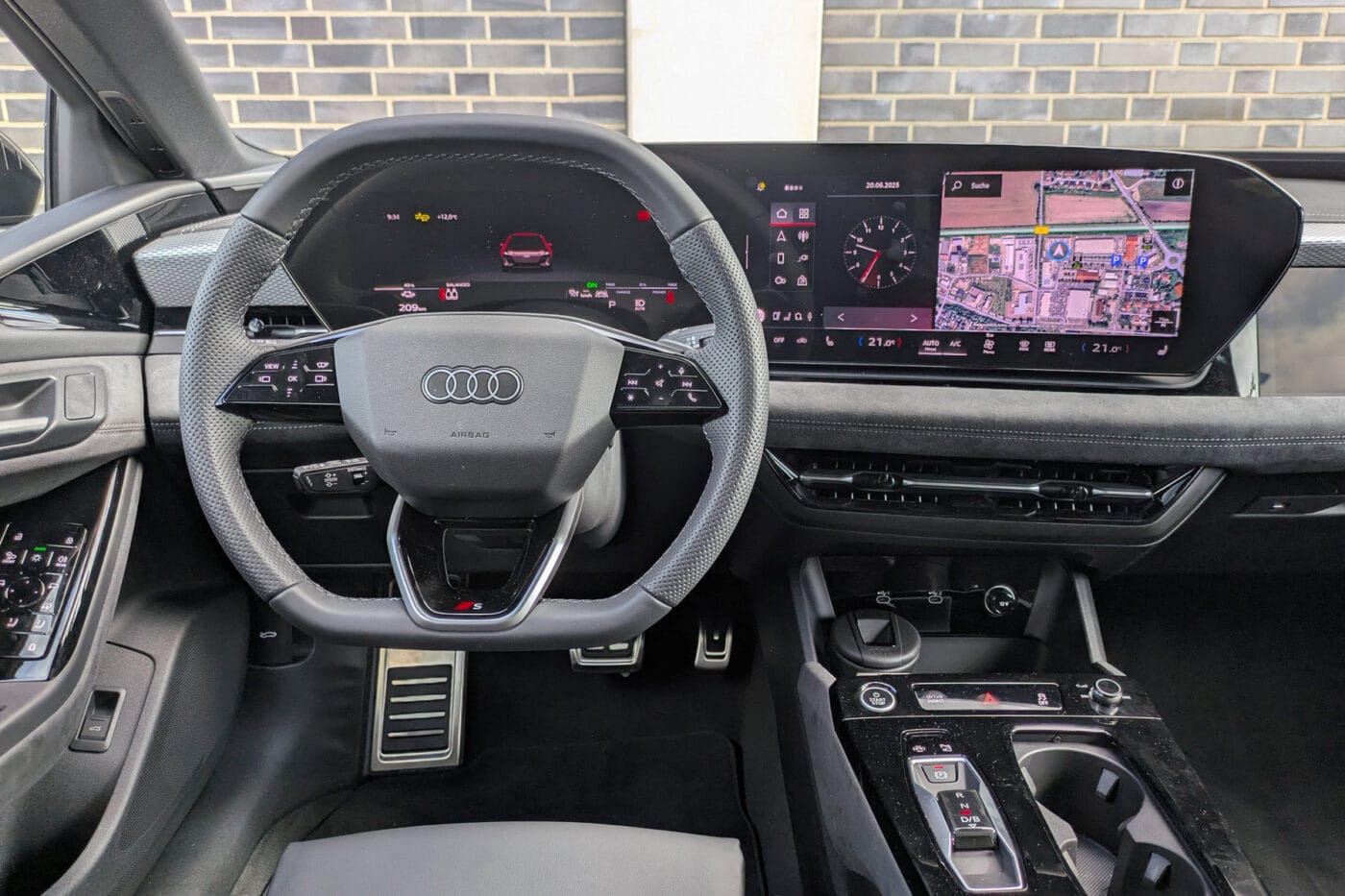
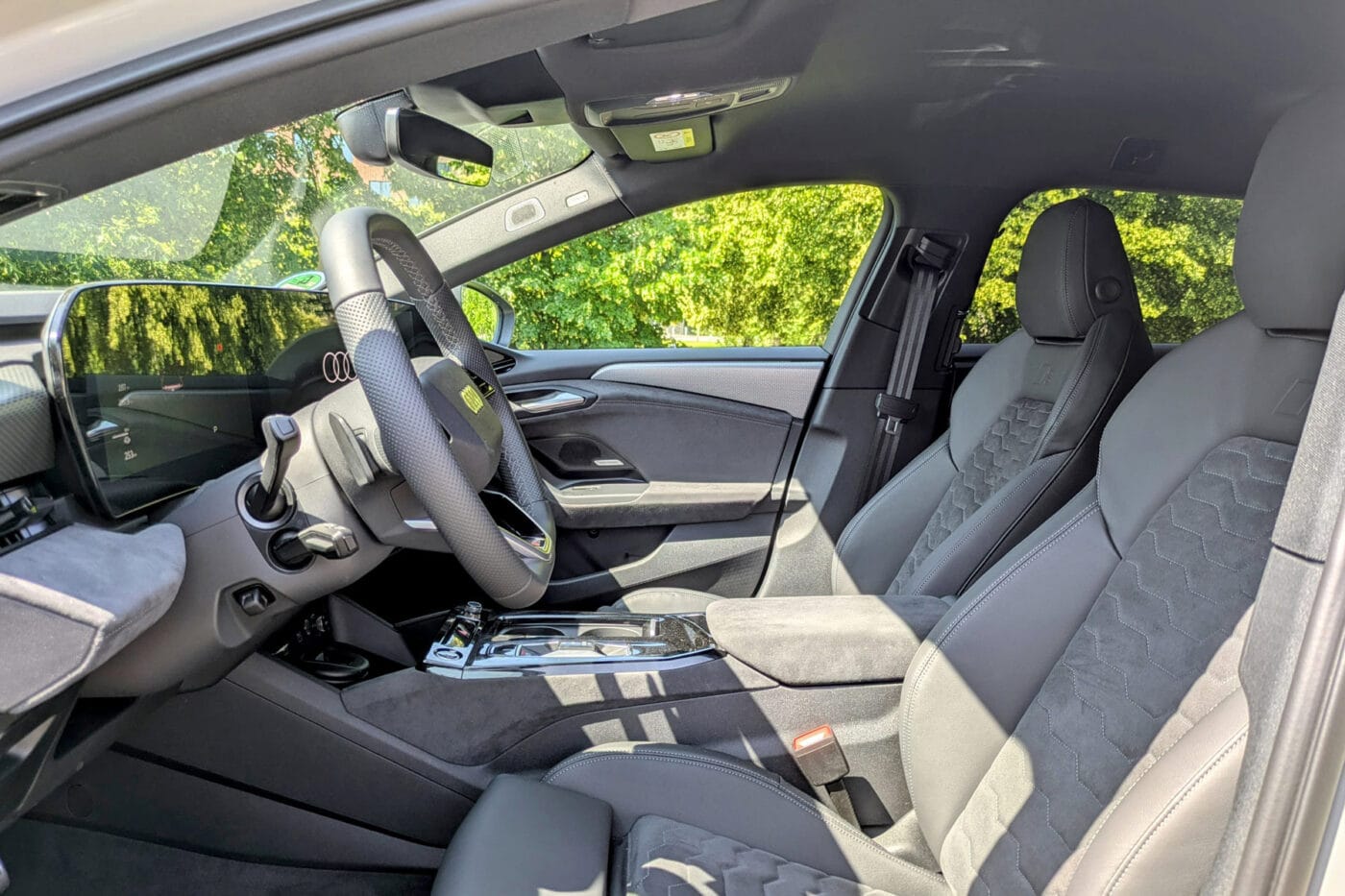
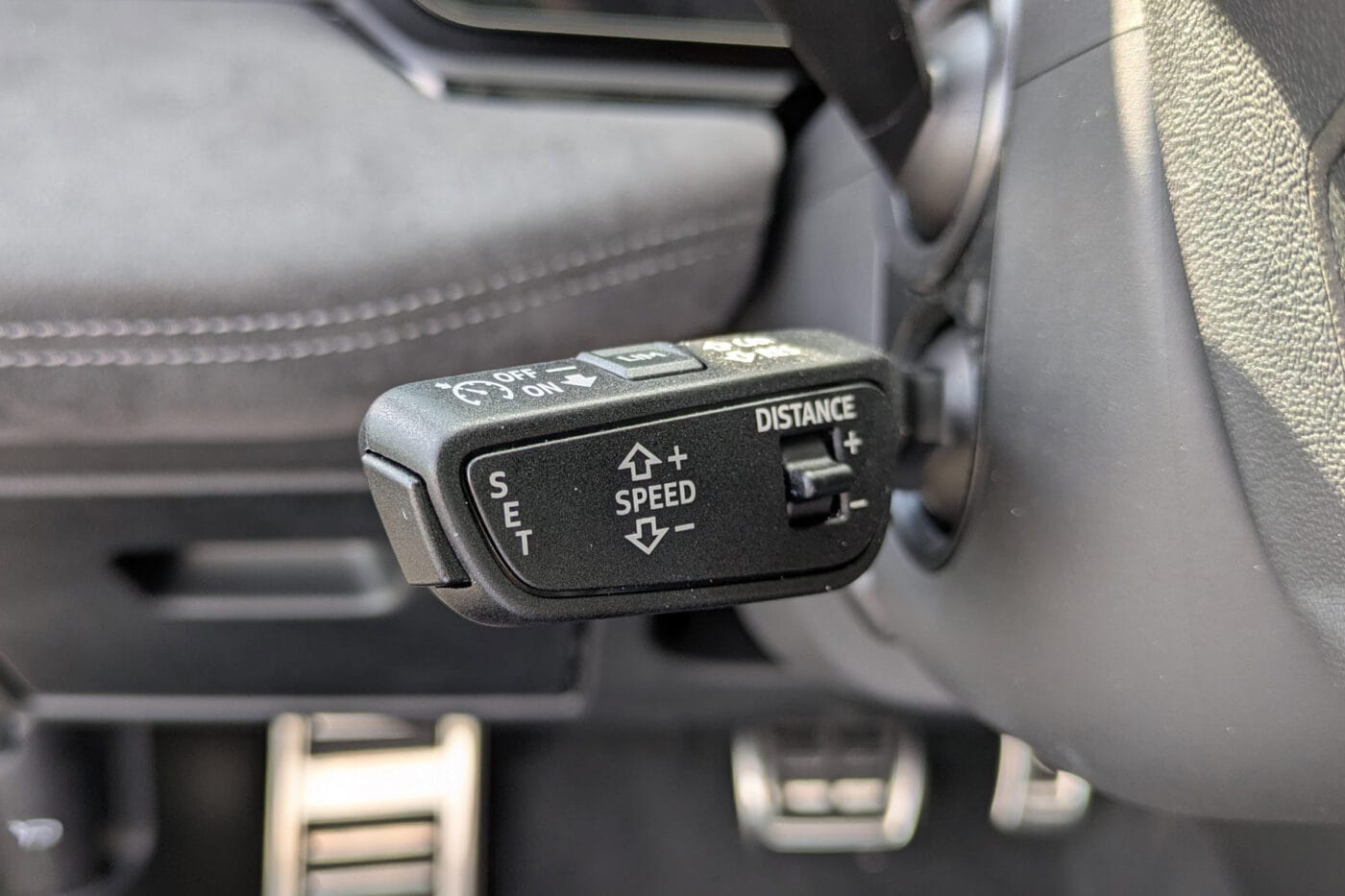
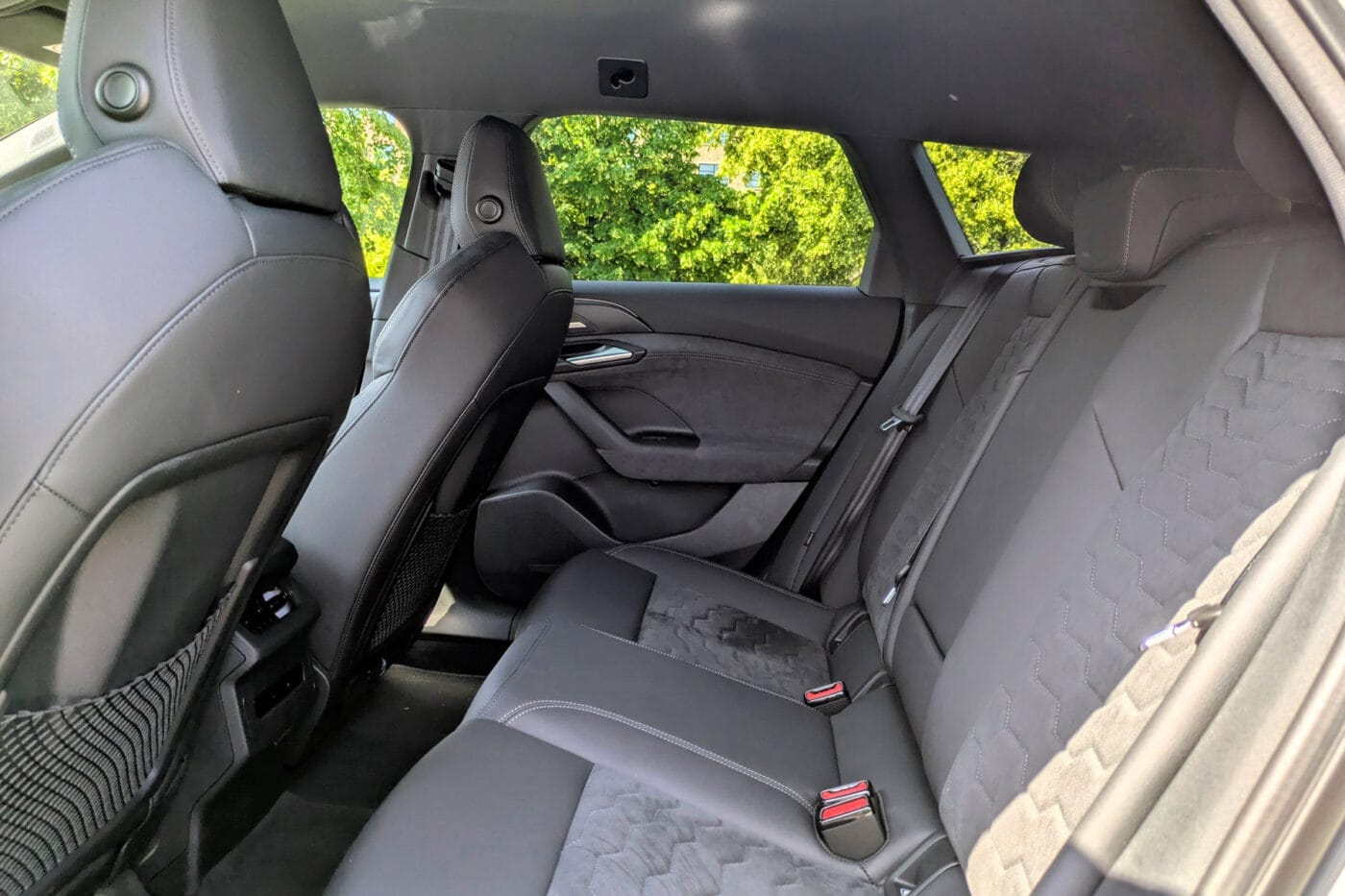
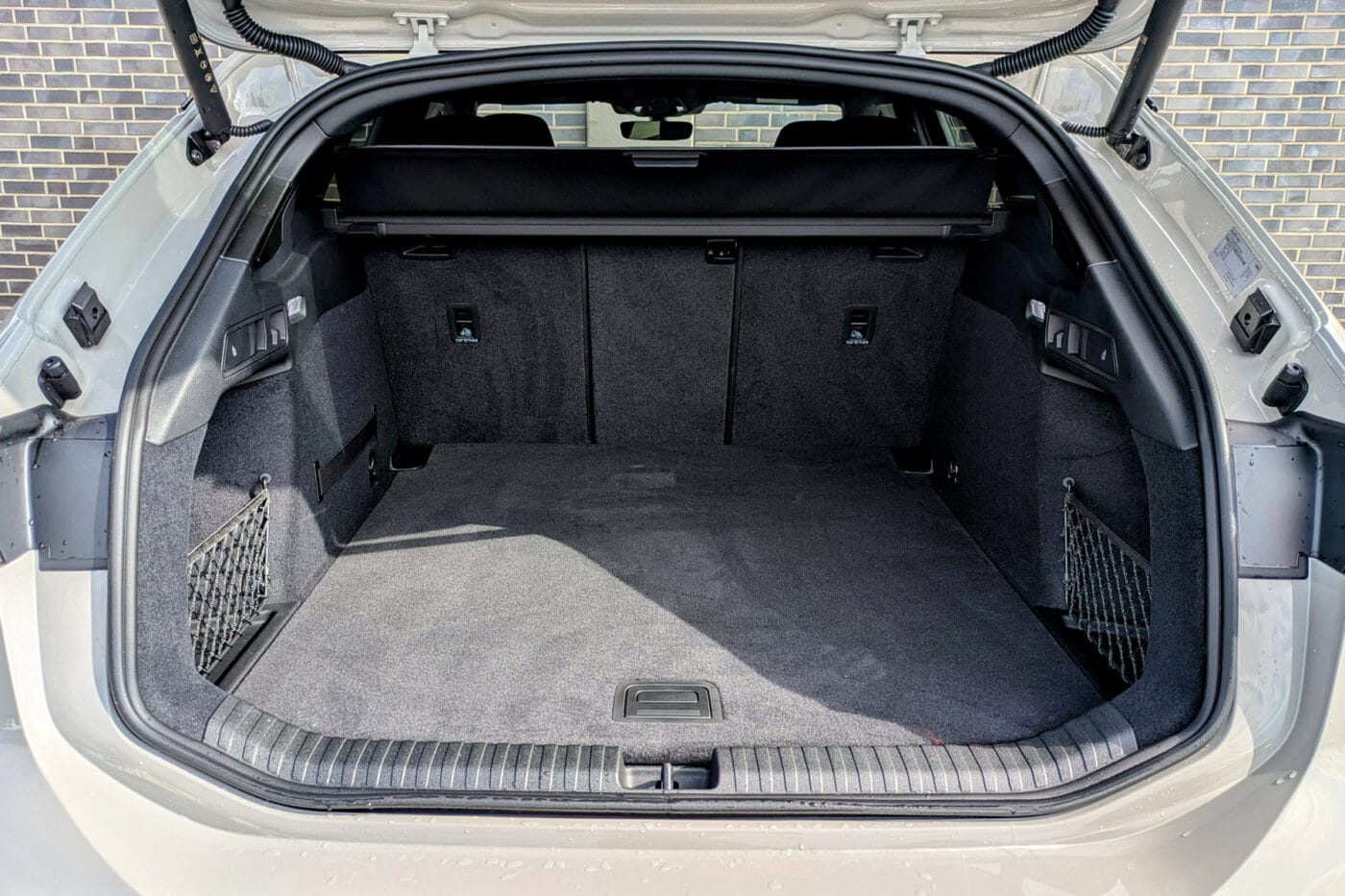
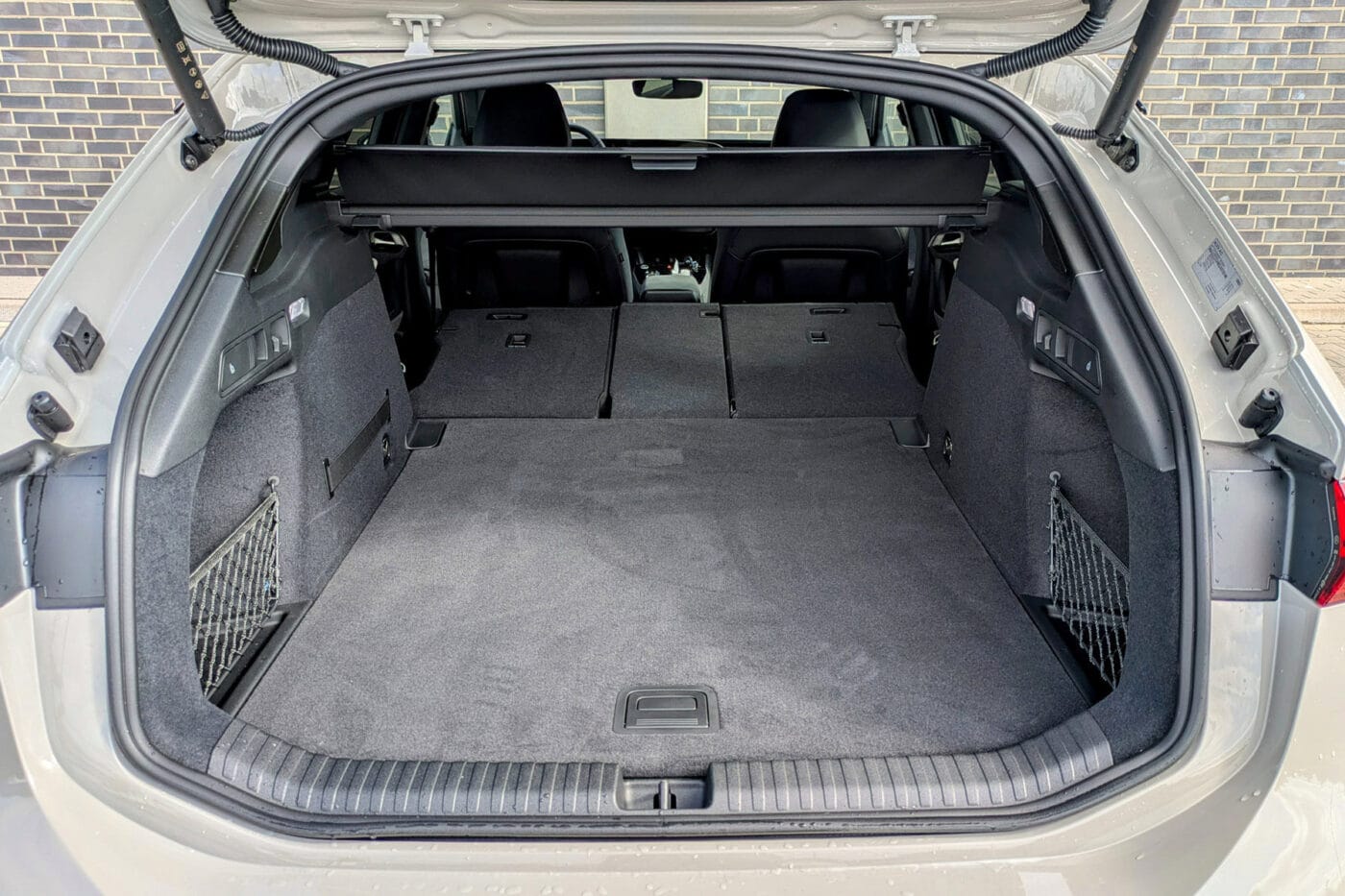
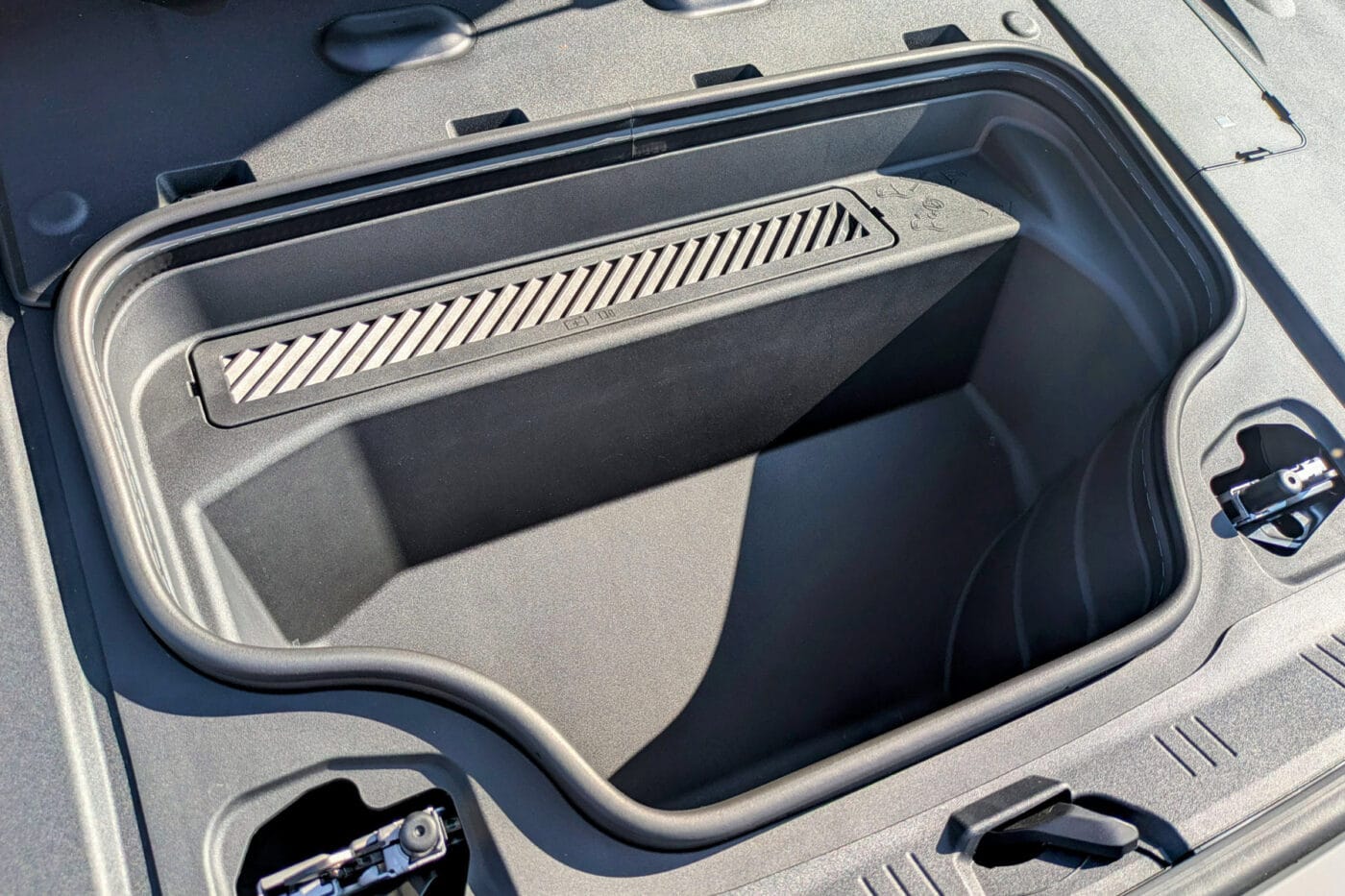
Funcionalmente, destaca el segundo puerto de carga de CA a la derecha, además de la toma CCS (CA y CC) a la izquierda. Para un coche eléctrico de 4,93 metros de longitud, se trata de una ventaja práctica para el día a día.
Para Audi sigue siendo una tarea de desarrollo definir su identidad de marca con una claridad aún mayor. El diseño exterior lo consigue de forma inequívoca: así es como debe ser un Audi: elegante, premium y técnico. El interior también encaja, incluso lleva ese aroma característico de Audi, aunque da la sensación de que la marca no ha redescubierto del todo su yo. La calidad es excelente, pero la claridad del diseño y la elección de materiales en la década de 2000 fue su propia época. También sería de agradecer menos negro piano.
Conclusión: El viaje de autodescubrimiento de Audi
El Audi A6 Avant e-tron se distingue clara y positivamente de sus rivales premium y del VW ID.7 Tourer. Así es como debe fabricarse un auténtico coche de autopista. Es probable que el Audi A6 eléctrico tenga éxito en toda Europa, ya que no sólo a los clientes alemanes les gustan los familiares, y los más bonitos se siguen llamando Avant. Que no es una ganga es un hecho. El comprador medio estará deseando hacerse con uno usado por la mitad de precio dentro de tres años.

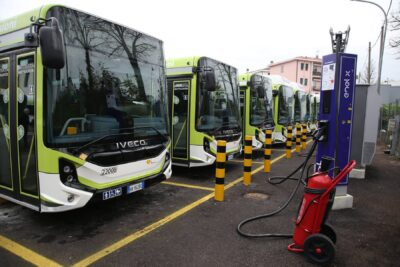

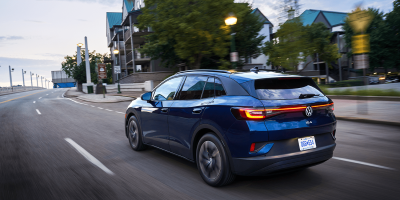
0 Comentarios